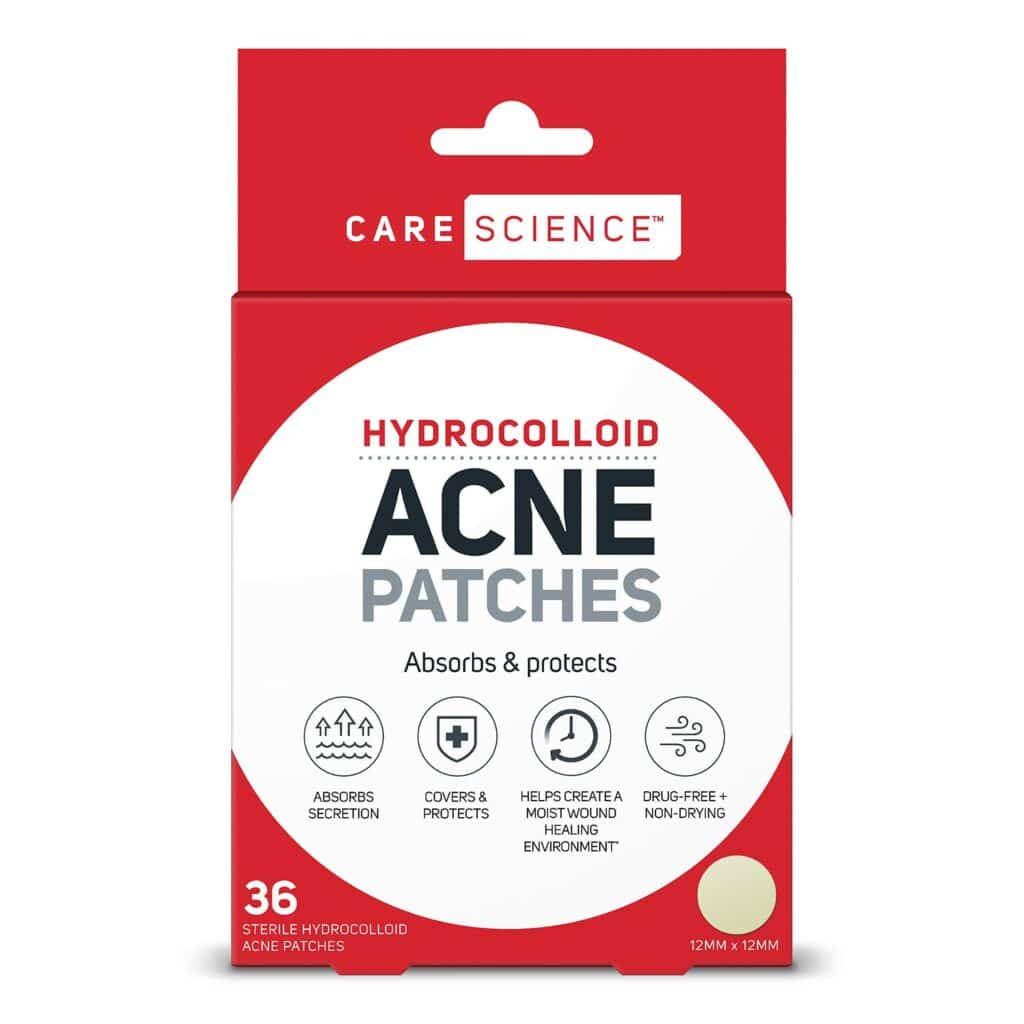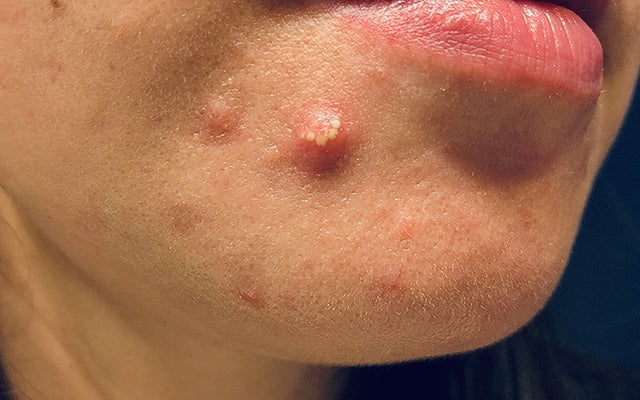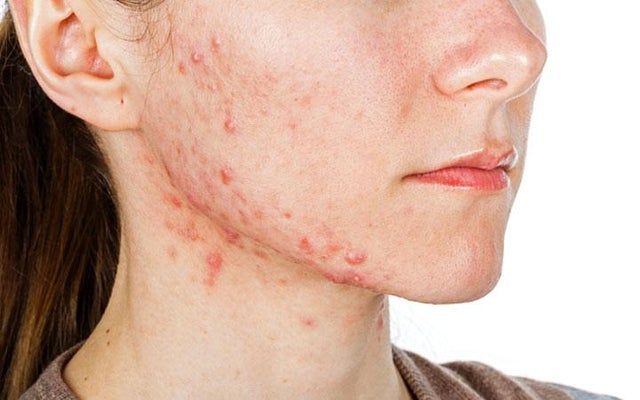Acne is one of the worst skin conditions affecting people today. Reports indicate that 50 million Americans are at risk of contracting acne each year. This skin condition emanates from genetic causes, hormonal changes, weather-related causes, and usage of damaging skincare products.
It manifests as pimples mainly on the forehead, face, and chest. It primarily affects teenagers who are highly conscious of their looks, which causes significant emotional and psychological damage. According to a study conducted in 2016, 45 percent of people experiencing acne reported high cases of social phobia and anxiety.
To manage and treat acne, experts recommend using Hydrocolloid patches. But how does hydrocolloid work? Let’s find out below.
What Is Hydrocolloid?
A Hydrocolloid patch is a sticky moisture-absorbing formula composed of gel-forming agents such as pectin and gelatin. Hydrocolloid patches contain pimples eliminating elements such as tea tree oil, calendula oil, and cica.
It treats acne by sucking out the fluids and pus, leaving the dry pimple while at the same time protecting it from external factors such as bacteria and sunlight that can delay healing. Until 10 to 15 years ago, hydrocolloid was only used to treat wounds. However, its usage has extended to the cure of acne, considered one of the most effective treatments.

How Hydrocolloid Patches Work in the Treatment of Acne
To treat acne, hydrocolloid patches act as a protective barrier on the skin, absorbing excess fluid on the pimple and thus removing dust and unwanted oils that cause the swelling. Upon placing the patch on your acne spot, it oozes out the impurities that attach to it in the form of a gel-like substance.
It would be best to use the patches on an already open wound or oozing spot for best results. That way, the patch can quickly drain any excess fluid flattening the area in the shortest time possible.
How To Use Hydrocolloid Patches in the Treatment of Acne
One significant advantage of hydrocolloid acne treatment patches is that they are straightforward to use. A DIY thing that takes less than 30 minutes to accomplish. Now, once you spot an oozy/ white/yellow head pimple on your skin, go ahead and gently place a hydrocolloid patch on it.
As you do this, ensure the skin is clean and completely dry to enable the patch to stick. You can have it on the pimple spot overnight or for some 4-6 hours to allow it to suck all the remaining fluid. Once you get the patch off, gently wash your face or the spot with clean, warm water.
By this time, the pimple should have already flattened and dried. If it’s still oozy, put on another patch and give it time.
Advantages of Using Hydrocolloid in the Treatment of Acne
Using hydrocolloid patches to treat acne is advantageous as they discretely treat the pimples without announcing to the public what’s happening. Most of these patches are colorless and unnoticeable by a third party.
Moreover, hydrocolloid patches help keep your hands away from the acne spot giving it ample time to heal. They also protect against environmental factors such as excessive sunlight, moisture, and dirt, preventing infection.
These patches are also easy to use and do not require any expertise to put on.
Different Types of Acne
If you have recently observed spots/pimples on your skin, you may be suffering from one or a combination of this acne.
Whitehead Acne
Whitehead acne is a type of non-inflammatory acne that results from clogged pores. Your pores can clog due to attacks from impurities such as bacteria, oils, or dead skin cells. Whitehead acne will mostly appear on the nose, forehead, back, shoulders, and chest.

Courtesy of Healthgrades
Blackhead Acne
Blackhead acne manifests as dark/black small bumps on the skin. They are caused by clogging or plucking of the hair follicles. These will mostly appear on the face, chest, nose, arms, and shoulders.

Courtesy of Harley Street Emporium
Pustules Acne
These manifest as small white bumps on the skin. They will mostly have fluid or pus and red skin around them. Pustules Acne majorly appears on the face, chest, and back. Unlike regular acne pimples, this can grow very big, causing much pain and discomfort.
Pustules may result from your body’s reaction to environmental conditions, insect bites, or food. This form of inflammatory acne will appear deep-rooted in your skin.

Courtesy of Vedix
Nodule Acne
Nodular acne is considered a severe form of acne. This form may take weeks or even months to heal, unlike other acne. They form painful hard knots deep under the skin. Dermatologists explain that they form when P. bacteria beneath the skin become trapped inside the clogged pores resulting in harmful infection.

Courtesy of SkinKraft
Cystic Acne
Cystic acne is the most severe form of acne that develops from cysts forming deep beneath your skin. This form of acne will have the most significant and most painful bumps that won’t go away on their own. It may develop anywhere from the face, behind the ears, chest, back, and arms.
View this post on Instagram
Will Hydrocolloid Patches Treat All Forms of Acne?
No, hydrocolloid patches, also known as non-medicated patches, do not treat all forms of acne. There are two subcategories of acne classified into inflammatory and non-inflammatory acne.
Hydrocolloid patches best treat non-inflammatory surface-level acne such as blackheads and whiteheads. Therefore if you are experiencing deep-rooted inflammatory acne such as cystic acne, you should opt for other forms of treatment such as cortisol injections.
Final Thoughts on Hydrocolloid
When used correctly, hydrocolloid patches are an effective way of treating skin breakouts. For best results, ensure a dermatologist examines your condition to advise on your type of acne and the best way forward.
Also, please make an effort to put on the patch at night to give it ample time to work on your pimple. As always, ensure to get your patches from a licensed dealer and carefully read and follow the manufacturer’s instructions before wearing them.
Remember, hydrocolloid patches cannot replace your skincare routine. Therefore ensure to continue taking care of your skin with your regular care routine as you complement the hydrocolloid patches.
